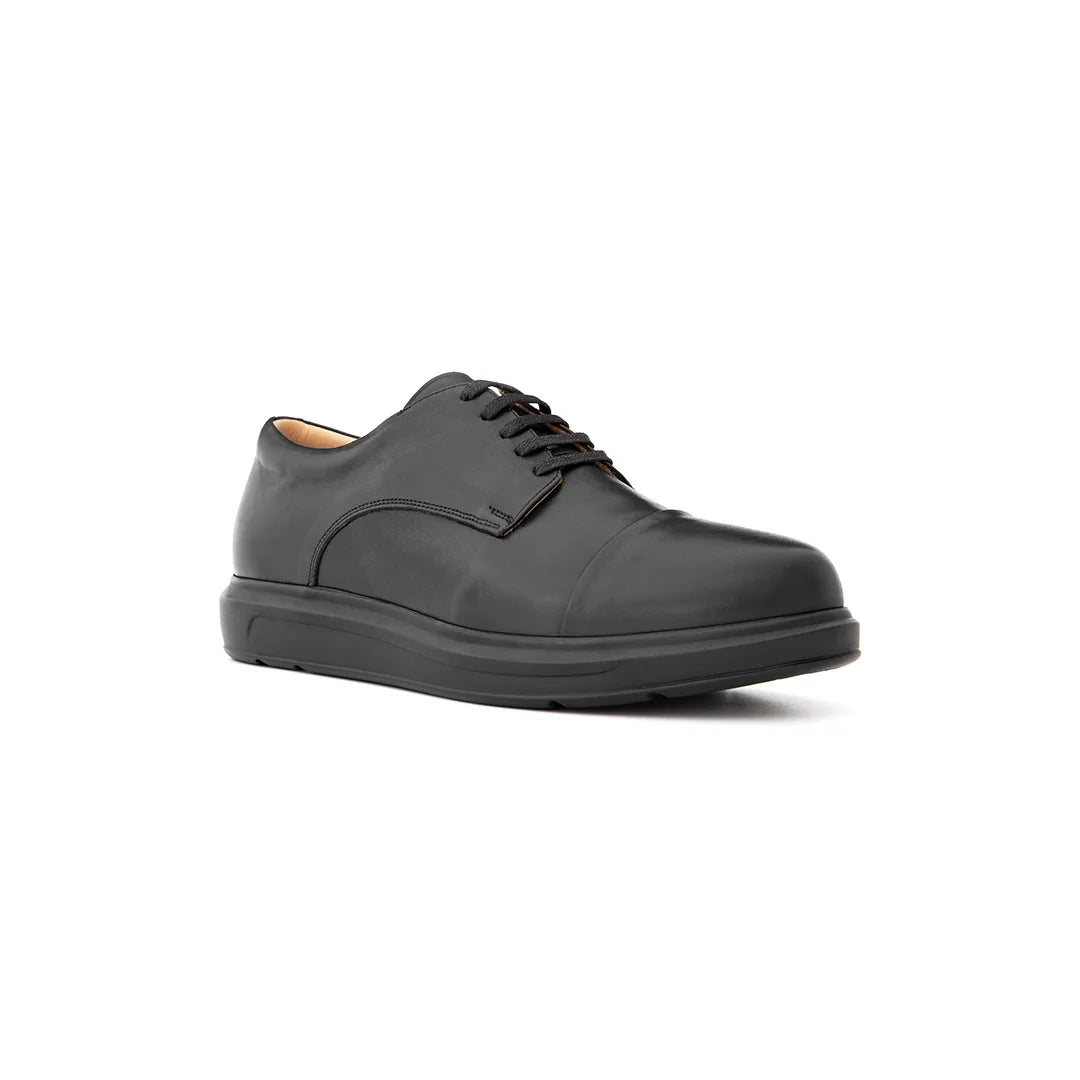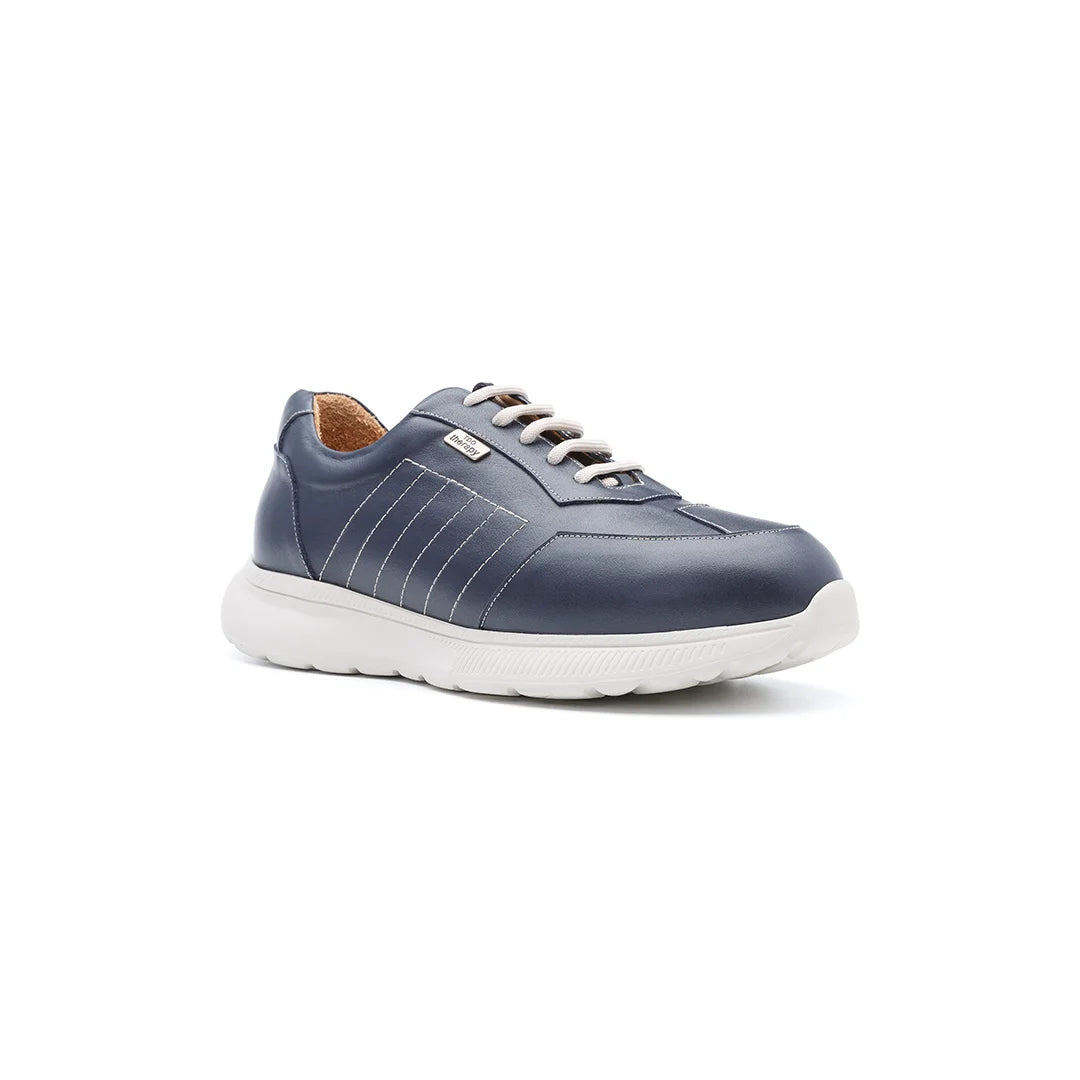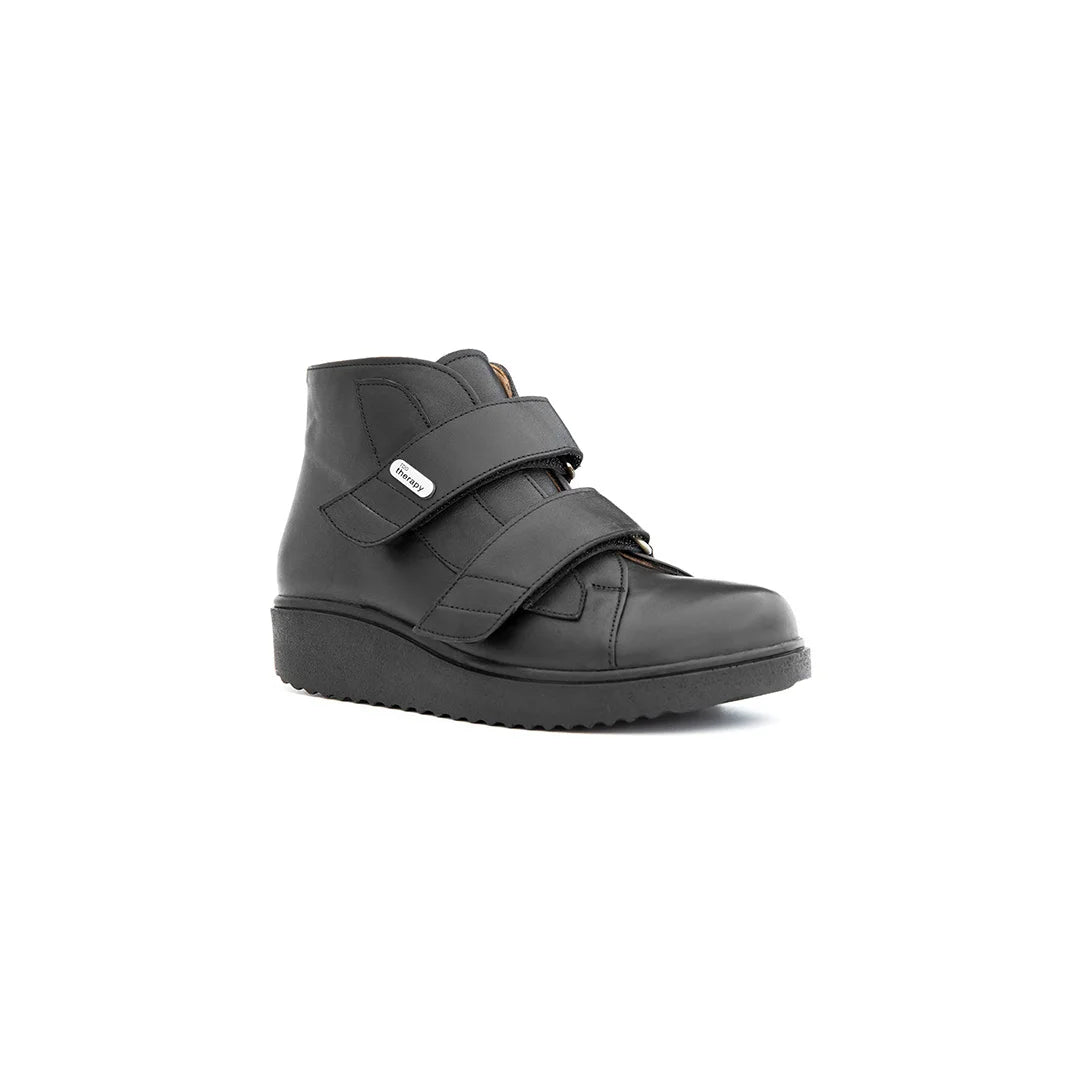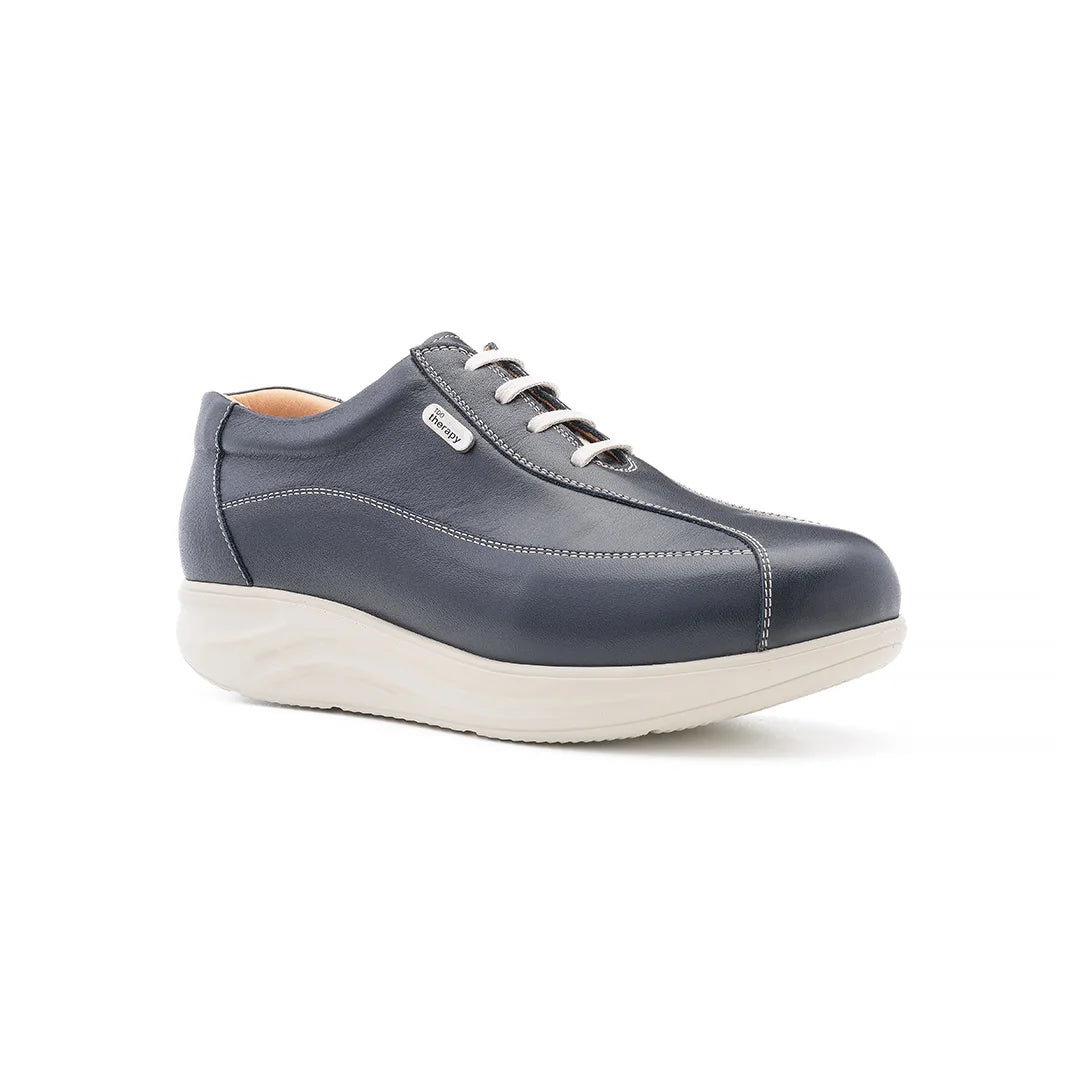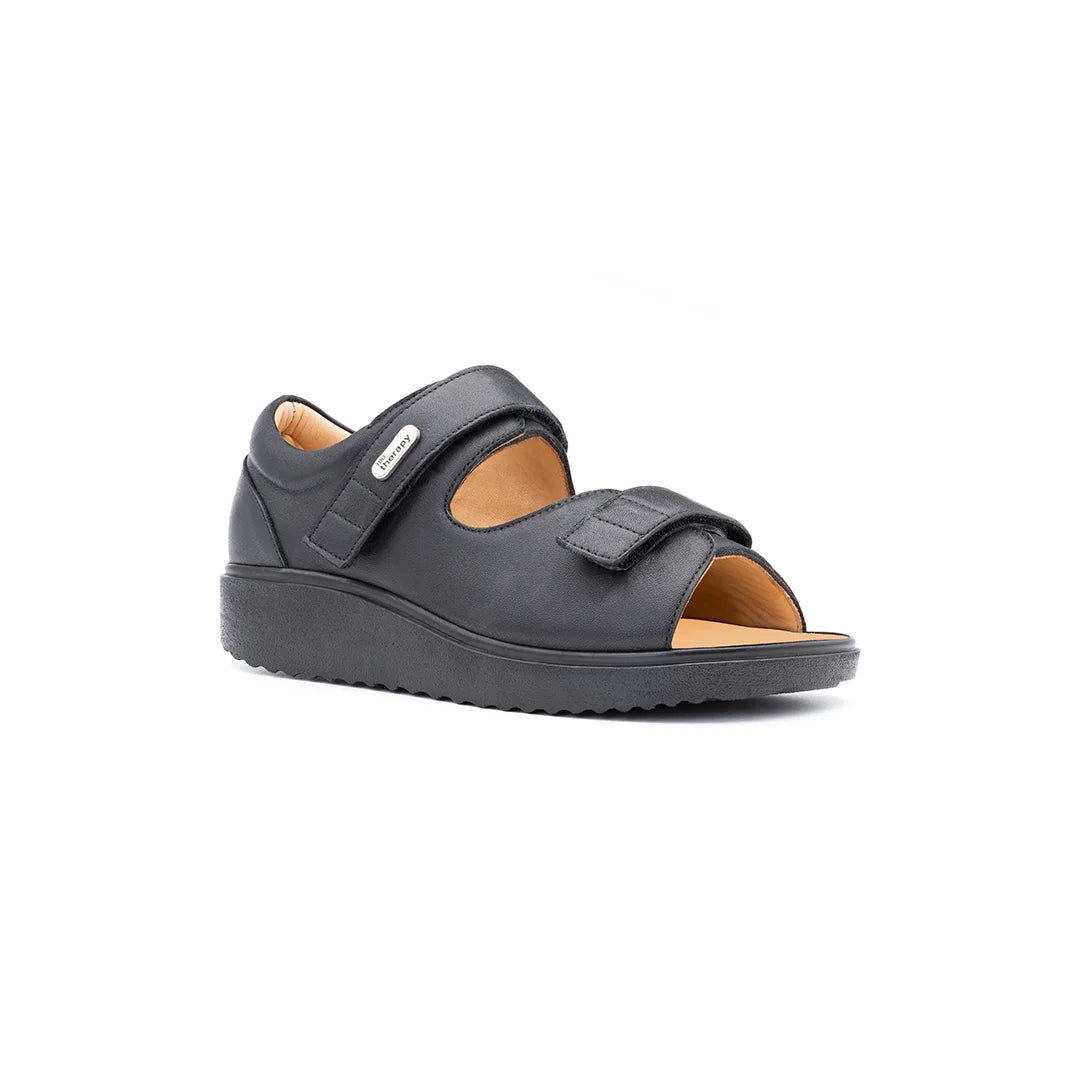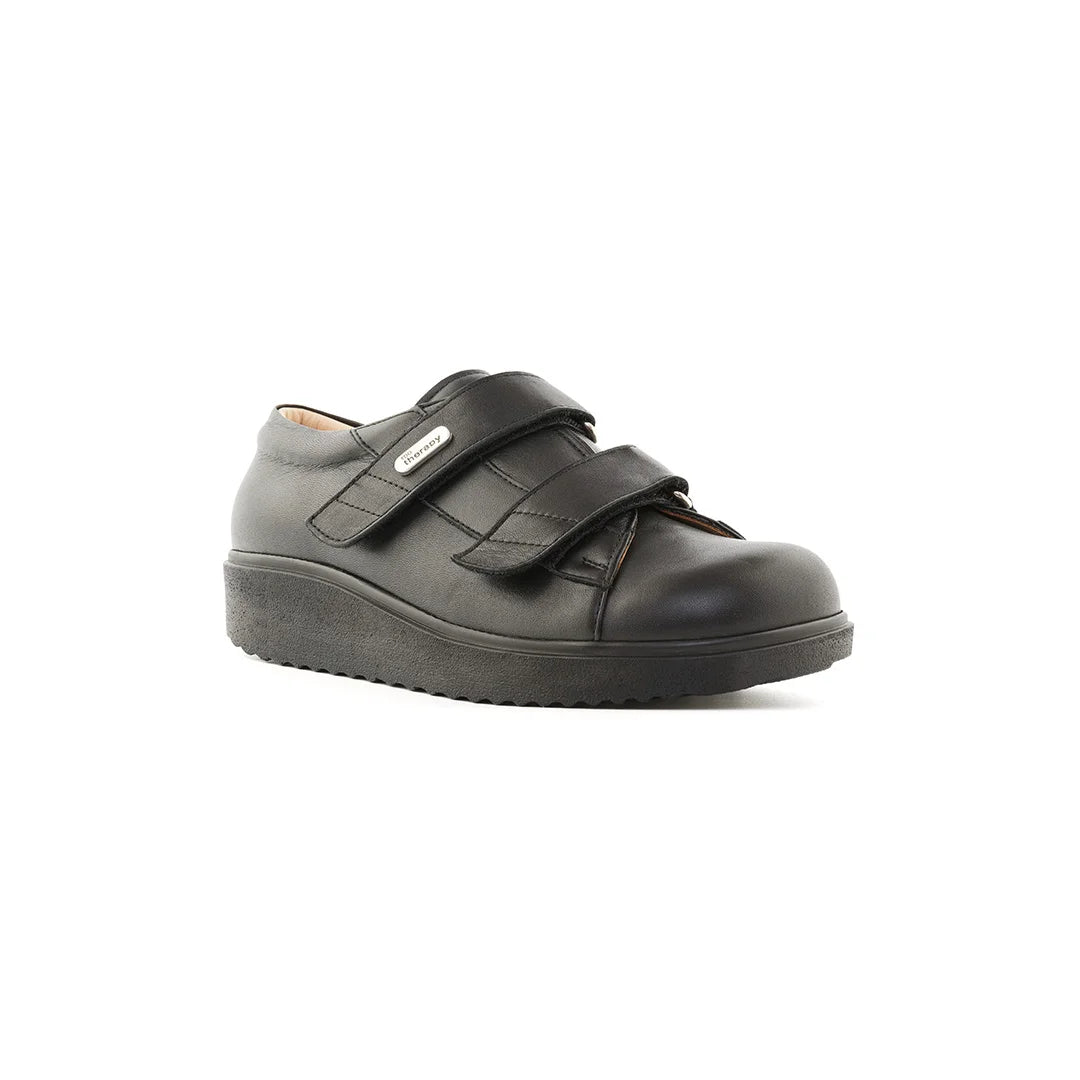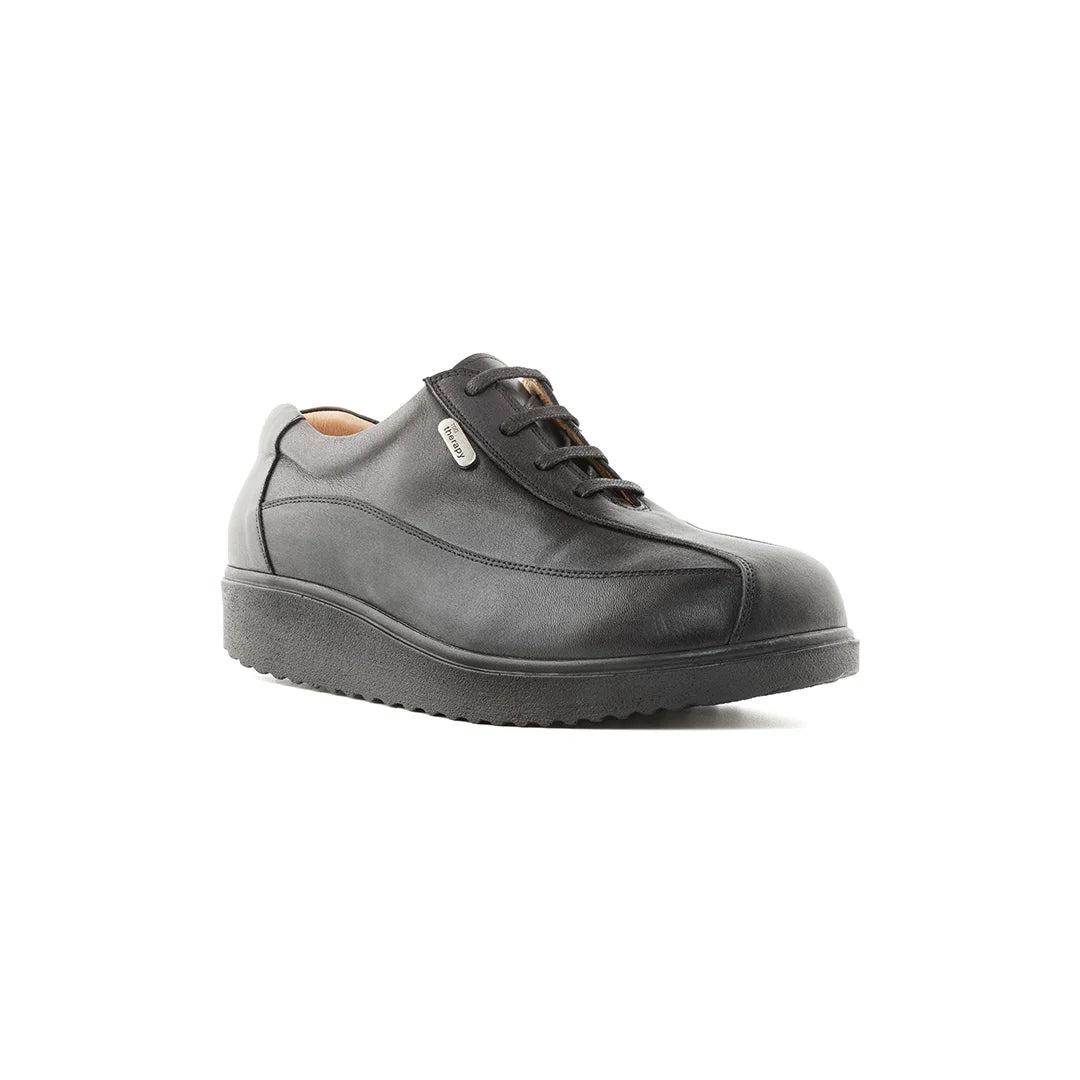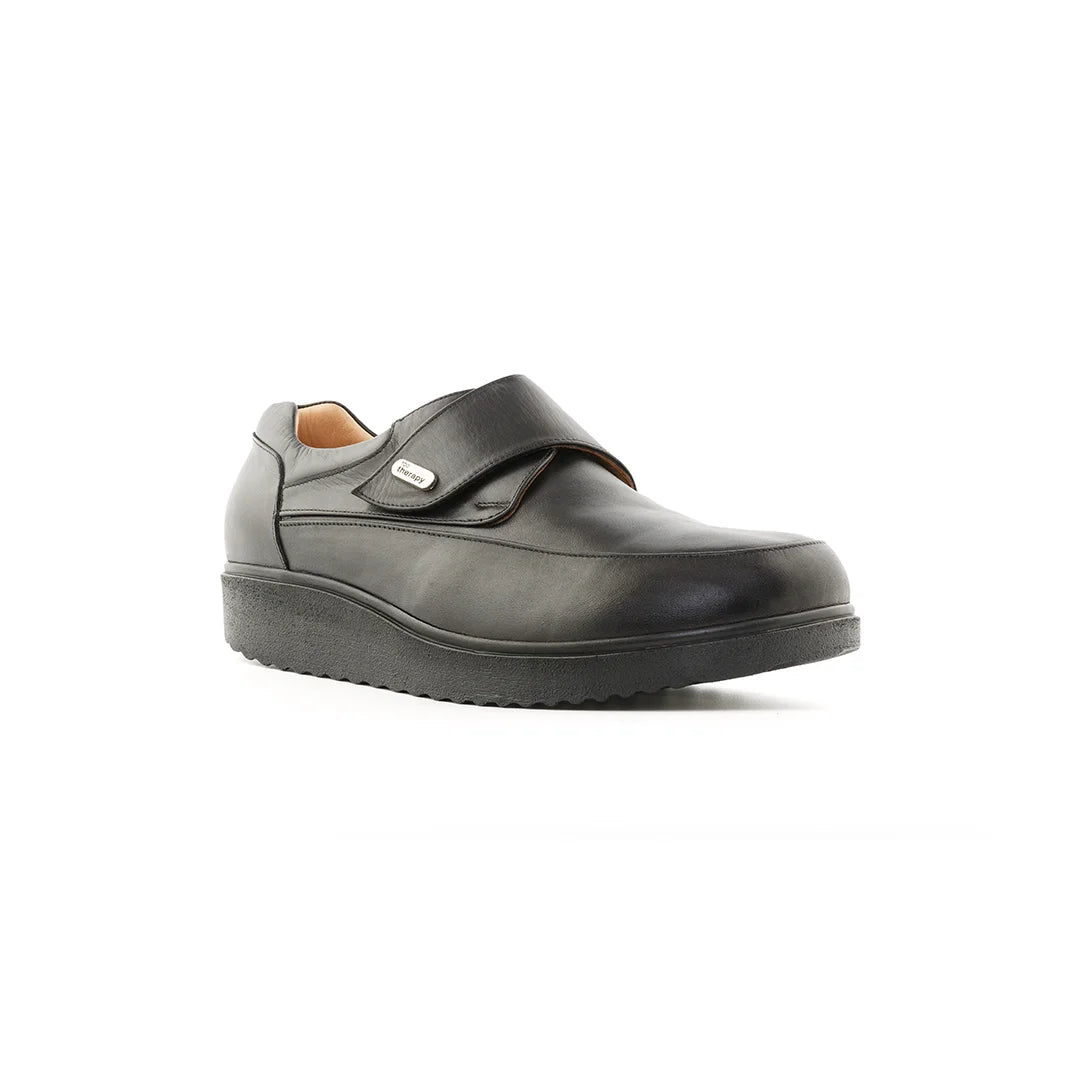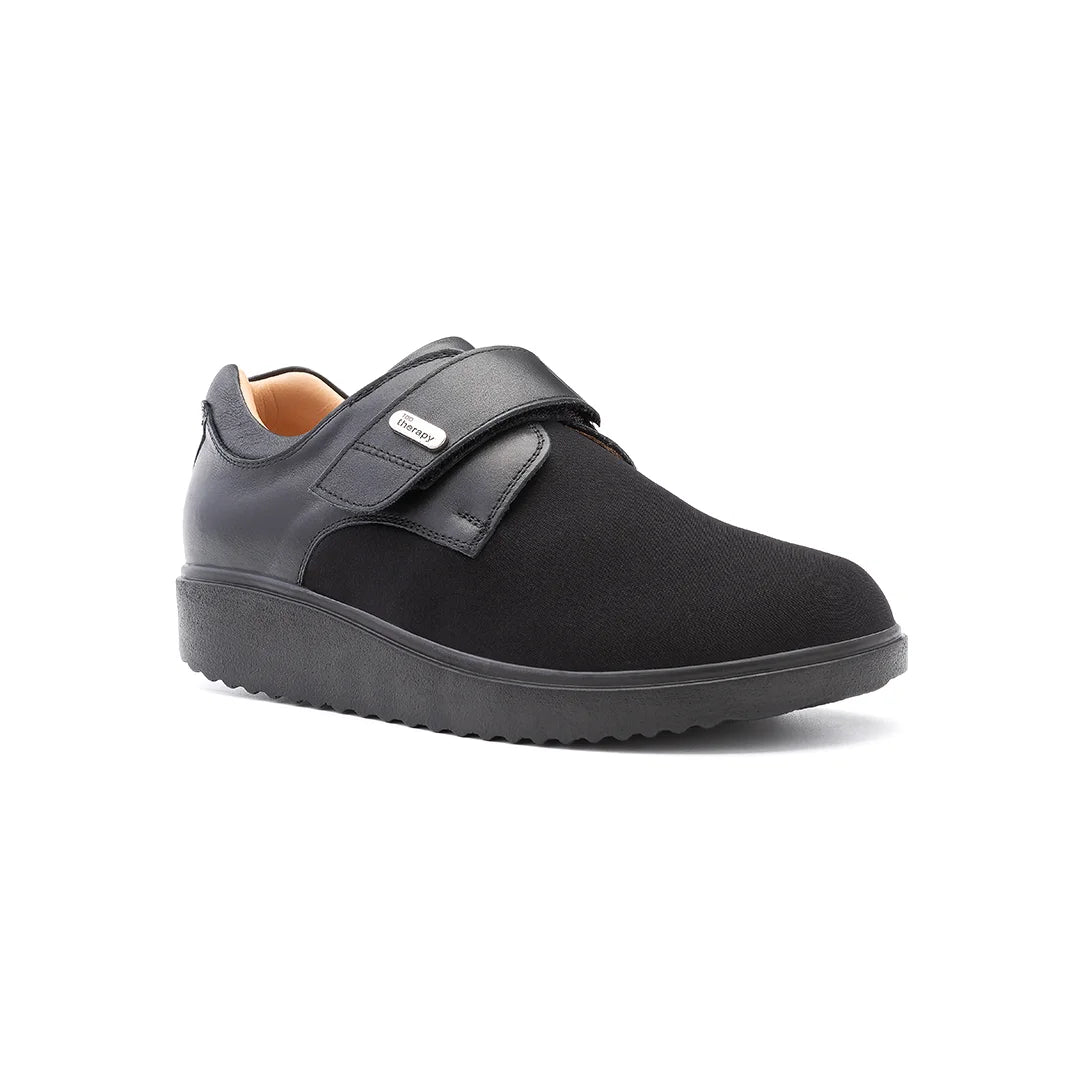Having flat feet or fallen arches can be a real nuisance, causing all sorts of aches and pains. It's a common issue, and finding the right shoes for flat feet support can make a huge difference. This guide will help you understand what's going on with your feet and how to pick the best footwear to keep you comfortable and moving well.
Key Takeaways
- Flat feet and fallen arches are common, often causing pain and alignment problems.
- Look for shoes with good arch support, a roomy toe box, and a firm heel counter for proper support.
- Understanding your arch type and gait can help you choose the right footwear.
- Supportive footwear and orthotics can help manage symptoms and prevent further issues.
- Consulting a podiatrist is a good idea for persistent pain or severe flat feet.
Understanding Flat Feet and Fallen Arches
Defining Flat Feet and Fallen Arches
Right, let's get this straight from the off. Flat feet and fallen arches? Often used interchangeably, but there's a subtle difference. Think of it this way: flat feet are more of a structural thing – you're born with it, or it develops early on. Fallen arches, on the other hand, are when your arches collapse over time. It's like your foot's suspension system giving way. Both mean less of an arch and more of your foot making contact with the ground, but the cause can be different.
Recognising the Symptoms of Fallen Arches
So, how do you know if you've got fallen arches? Well, the most obvious sign is pain. We're talking aches in your arches, heels, and sometimes even further up your legs. You might also notice:
- Stiffness in your feet, especially in the mornings.
- Swelling along the inside of your ancle.
- Difficulty standing for long periods.
- Changes in your gait (the way you walk).
It's not just foot pain, though. Fallen arches can mess with your whole body alignment, leading to knee, hip, or even back problems. Basically, if your feet are unhappy, the rest of you probably will be too.
Understanding Overpronation
Now, let's talk about overpronation. This is where your foot rolls inward excessively when you walk. It's often linked to fallen arches because, without that arch support, your foot tends to compensate by rolling inwards. Overpronation isn't just a foot thing; it can throw your whole body out of whack. Think of it like this:
Imagine a car with misaligned wheels. It doesn't just affect the tyres; it puts extra stress on the suspension, steering, and everything else. Overpronation is similar – it can lead to a cascade of problems up your legs and into your back.
So, understanding overpronation is key to understanding the impact of fallen arches on your overall well-being.
Causes and Diagnosis of Fallen Arches

What Causes Fallen Arches?
Figuring out why our arches have decided to give way can feel like a bit of a mystery, but understanding the potential causes is the first step. Fallen arches can be triggered by a whole host of things. It might be down to genetics – thanks, Mum and Dad! – or simply the wear and tear of ageing. Gaining weight can also put extra pressure on our feet, and injuries are an obvious culprit. Even our jobs can play a role; if we're on our feet all day, that constant strain can contribute. And let's not forget the shoes we wear – or don't wear! Unsupportive footwear is a common cause.
How Are Fallen Arches Diagnosed?
So, how do we actually know if we've got fallen arches? Well, usually it starts with a visit to a medical professional. They'll have a good look at our feet, both when we're standing and sitting, to see how our soles make contact with the ground. We'll need to chat about any symptoms we've been experiencing, like foot pain or general discomfort. If they need a clearer picture, they might suggest further investigations, such as:
- X-rays
- MRIs
- CT scans
When to Consult a Podiatrist
It's easy to brush off foot pain as just another one of those things, but sometimes it's a sign that something's not quite right. If we're experiencing persistent foot pain, especially after activity, it's worth getting it checked out. Other red flags include:
- Stiffness in the foot
- Visible flattening of the arch
- Pain that radiates up the leg
Ignoring these symptoms can lead to further complications down the line, so it's always better to be safe than sorry. A podiatrist can properly assess our feet, diagnose the problem, and recommend the best course of action. They might suggest orthotics, exercises, or other treatments to help alleviate the pain and prevent further issues.
Treatment Options for Flat Feet
So, you've got flat feet. What can we do about it? The good news is, there are several things we can try to ease the discomfort and get you back on your feet (pun intended!). It's all about finding what works best for you, and sometimes it's a combination of approaches.
Supportive Footwear for Flat Feet
Wearing the right shoes is absolutely key. We always say this, but it's true! Think of your shoes as the foundation for your entire body. For flat feet, we need shoes that offer good arch support and stability. Look for features like a firm heel counter to control movement and a supportive midsole to cushion each step. Avoid shoes that are too flexible or offer minimal support, as these can actually make things worse. We often recommend wide-fit shoes, especially if you find your toes feel cramped.
The Role of Orthotics
Orthotics can be a game-changer. These are inserts that you place inside your shoes to provide extra support and correct your foot alignment. You can get over-the-counter orthotics from pharmacies or sports shops, but for a truly custom fit, we often suggest seeing a podiatrist. They can assess your feet and create orthotics specifically tailored to your needs. It's worth considering, especially if you're experiencing significant pain or discomfort. Some studies have shown that using a foot insole improved foot alignment and decreased energy consumption in people with flat feet.
Can Fallen Arches Be Prevented?
Preventing fallen arches is tricky, especially if genetics are involved. However, there are steps we can take to reduce the risk, particularly if the condition develops over time.
Maintaining a healthy weight is important, as excess weight puts extra strain on your feet. Wearing supportive footwear, even when you're not exercising, can also make a big difference. Regular foot exercises, like calf stretches and toe raises, can help strengthen the muscles that support your arches. And of course, regular visits to a podiatrist can help catch any problems early on.
Here's a quick summary of preventative measures:
- Maintain a healthy weight.
- Wear supportive shoes.
- Do regular foot exercises.
- See a podiatrist regularly.
Choosing the Best Shoes for Flat Feet Support
Finding the right shoes when you've got flat feet can feel like a proper mission, can't it? It's not just about comfort; it's about making sure your feet are properly supported to avoid pain and potential problems down the line. We've all been there, trying on countless pairs, hoping to find that perfect fit. Let's break down what to look for so we can make the process a bit easier.
Key Features of Supportive Footwear
Okay, so what makes a shoe good for flat feet? First off, arch support is absolutely key. We need shoes that help distribute weight evenly across the foot. Look for shoes with a firm midsole – this helps control pronation (that inward rolling of the foot) which is often a problem when you've got flat feet. A good heel counter is also important; it should be sturdy to keep your heel stable. Here's a quick rundown:
- Arch Support: Essential for distributing weight and reducing strain.
- Firm Midsole: Controls pronation and provides stability.
- Sturdy Heel Counter: Keeps the heel stable and prevents excessive movement.
- Good Cushioning: Absorbs impact and adds comfort, especially during high-impact activities.
When we're shopping, we always try to feel the inside of the shoe to check for any lumps or bumps that might cause irritation. A smooth interior can make a big difference in comfort, especially if you're going to be on your feet all day.
Finding Wide-Fit Shoes for Flat Feet
Sometimes, it's not just about the arch support; it's about the width. Flat feet often spread out more, so we might need a wider fit to avoid that squished feeling. Shoes that are too narrow can cause blisters, calluses, and just general discomfort. Loads of brands offer wide-fit options these days, so it's worth having a look. Here's what we keep in mind:
- Check the toe box: Make sure there's enough room for your toes to wiggle.
- Look for 'wide' or 'extra wide' sizes: Don't just assume a regular size will do.
- Consider adjustable straps or laces: These can help you customise the fit.
Stylish Options for Flat Feet
Right, let's be honest – we all want shoes that look good as well as feel good. Luckily, there are loads of stylish options out there that also offer great support. Trainers are always a good bet, but you can also find supportive sandals, boots, and even dress shoes. It's all about knowing what to look for. We've found that:
- Trainers with built-in orthotics can be a great everyday option.
- Boots with a supportive insole can be both stylish and practical.
- Sandals with arch support are perfect for summer, but make sure they're not too flimsy.
Finding the right shoes for flat feet might take a bit of time and effort, but it's well worth it in the end. Your feet will thank you for it!
Assessing Your Foot Type and Gait
Discovering Your Arch Type
Okay, so before we dive into shoes, let's figure out what's going on with your feet. Arch type is key. Do you have high arches, normal arches, or flat feet? It's not always obvious just by looking. If you're unsure, don't worry, there are a couple of simple ways to get a better idea.
The Wet Test for Footprints
This is a classic, and it's pretty easy to do at home. Basically, you wet the bottom of your foot and then step onto a piece of paper or a surface where you can see the print. The shape of the footprint tells you a lot about your arch.
- A full footprint suggests flat feet. You'll see almost the entire sole of your foot imprinted.
- A footprint with a noticeable curve indicates a normal arch.
- A very minimal footprint, with just the heel and ball of your foot showing, suggests a high arch.
Understanding Your Gait Pattern
Gait is just a fancy word for how you walk. Do your feet roll inward (overpronation) or outward (supination) when you take a step?
Understanding your gait can really help you choose the right shoes. Overpronation is common with flat feet, and you'll want shoes that offer extra stability to counter that inward roll. Supination, on the other hand, might mean you need more cushioning.
If you're really struggling to figure things out, or if you're experiencing pain, it's always a good idea to see a podiatrist. They can give you a proper assessment and recommend the best course of action.
Benefits of Proper Arch Support
Alleviating Pain and Discomfort
If you've got flat feet, you'll know all about the aches and pains that can come with them. Proper arch support can make a huge difference in reducing this discomfort. It's all about distributing your weight more evenly across your foot, which takes the pressure off those sensitive areas. Think of it as giving your feet a much-needed break!
Improving Balance and Stability
Ever feel a bit wobbly on your feet? Flat feet can mess with your balance. Good arch support helps to correct your foot alignment, which in turn improves your overall stability. It's like having a more solid foundation to stand on. This can be especially helpful if you're into sports or just want to feel more confident walking around.
Preventing Further Alignment Issues
Ignoring flat feet can lead to problems further up the chain, like knee, hip, and back pain. By using proper arch support, we can prevent these issues from developing. It's a bit like preventative maintenance for your body. Think of it this way:
Investing in good arch support now can save you from a lot of pain and potential problems down the road. It's a small change that can make a big difference to your overall well-being.
Here's a quick rundown of how arch support helps:
- Corrects foot alignment
- Reduces strain on joints
- Prevents overpronation
Wrapping Things Up
So, there you have it. Figuring out if you've got flat feet or fallen arches, and then finding the right support, doesn't have to be a massive headache. It's really about paying attention to your feet, understanding what they need, and then picking out shoes or inserts that actually help. Don't just suffer through the aches and pains; there are loads of good options out there these days. A bit of effort now can make a big difference to how your feet feel every single day. So go on, give your feet the support they deserve!
Frequently Asked Questions
What's the difference between flat feet and fallen arches?
Flat feet, also known as fallen arches, mean your foot's arch has dropped, so your whole foot touches the ground when you stand. This can cause pain and make your ankles roll inwards too much, which is called overpronation.
How do I know if I have fallen arches?
You might feel pain in your arches or heels, and sometimes this pain can spread to your legs and back. Your feet might also swell up on the inside or get tired easily. It can even be hard to stand on your toes.
What causes fallen arches?
Lots of things can cause them, like your family history, getting older, gaining weight, or even old injuries. Standing for long periods at work or wearing the wrong shoes can also be a cause.
How are fallen arches diagnosed?
A doctor or foot specialist will usually check your feet while you're standing and sitting. They'll ask about your pain. Sometimes, they might take X-rays or scans to get a clearer picture.
Can fallen arches be prevented?
While you can't always stop them, especially if they're genetic, wearing good, supportive shoes is a big help. Doing foot exercises and keeping a healthy weight can also make a difference.
Can fallen arches be treated?
Yes, definitely! Wearing the right shoes with good arch support and possibly using special inserts (orthotics) can really help. Sometimes, simple exercises or even seeing a foot specialist for advice can make a big difference in reducing discomfort.


